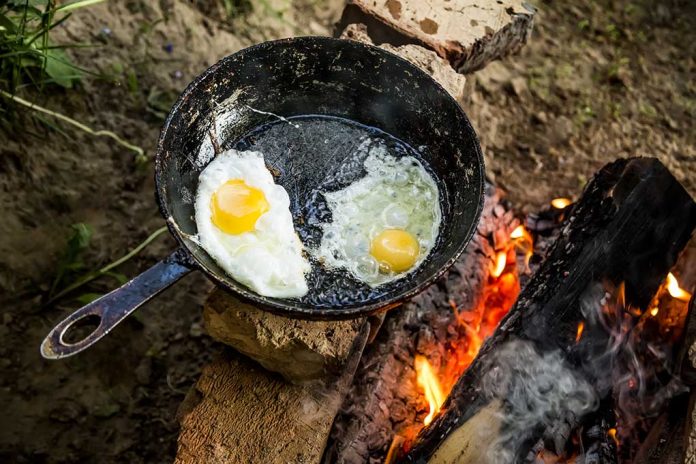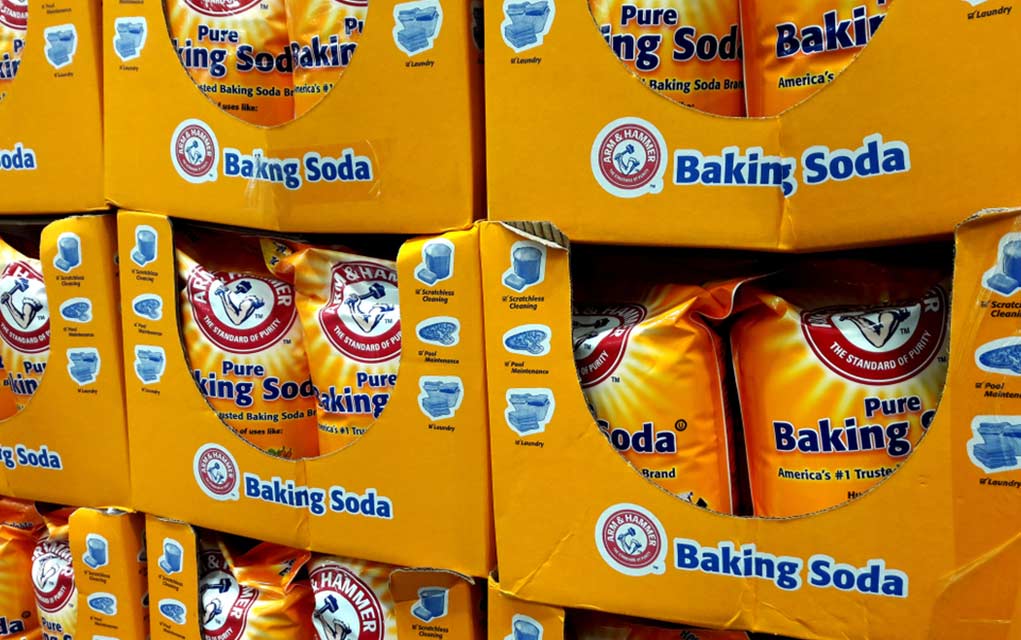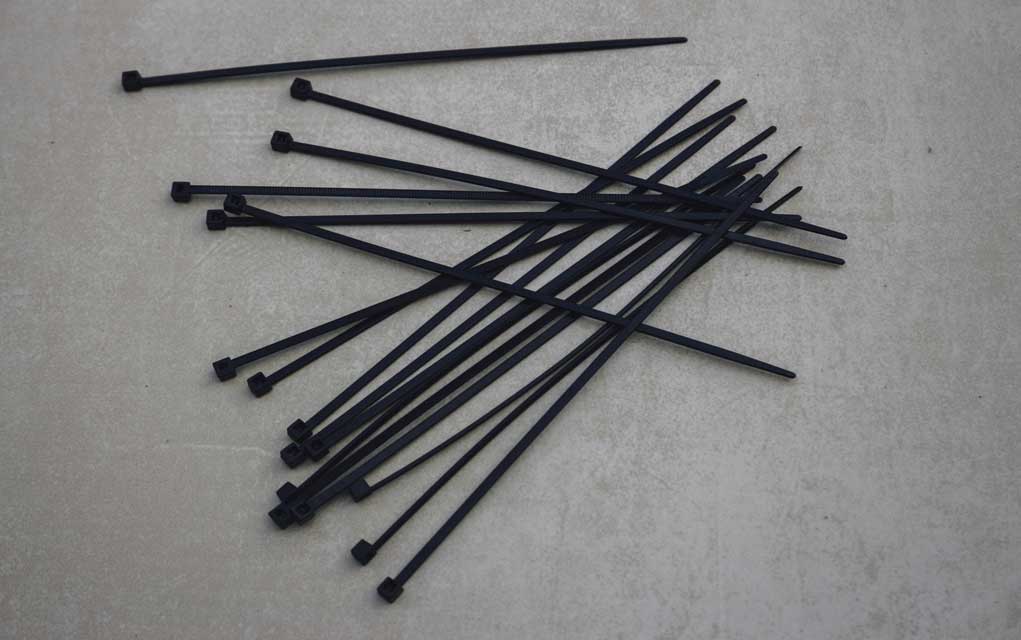Most People Have NO IDEA How to Do This… Do YOU?
(ModernSurvival.org) – Cast iron cookware is popular among preppers and with good reason. It’s heavy-duty, it requires little maintenance (when cared for properly) and food cooked in it tends to taste better.
While cast iron is durable, it is also fragile if not seasoned. For example, one drop of water left for a short period of time will turn into a pool of rust.
Once seasoned, however, cast iron cookware becomes one of the most reliable ways to prepare a meal. But how does one go about seasoning a new skillet?
Form a Bond
It’s common knowledge that cast iron cookware needs to be seasoned, but the actual process isn’t well known. Thankfully, it’s relatively simple, as outlined below:
- Wash the pan – If this is the first time the utensil is being seasoned, be sure to wash it thoroughly to remove anything that may be on the surface. This will also help to ensure the seasoning bonds with the metal. If the pan is being reseasoned, scrub off any food particles or rust with steel wool. The idea is to have a flat, smooth surface once the seasoning has set. Any residual food or rust may create a bumpy surface.
- Dry it off – Once washed, dry the cast iron off with a paper towel or dishtowel to remove all the moisture. The pan can be placed over the stove on low heat to ensure all the water molecules evaporate before beginning the seasoning process.
- Rub it down – Next, rub the pan down with oil (vegetable or canola oil, for example) or melted shortening. The entirety of the cooking area should be coated with an even layer of oil.
- Bake it – Preheat an oven to 450 degrees. Flip the pan upside down, place it in the oven and bake it for 30 minutes. Since the oil will likely drip during this process, it’s a good idea to place a second pan below the one being seasoned to catch the excess. Once the 30 minutes have passed, remove the pan and repeat the process of coating and cooking three to four times. This process will create a thick layering of seasoning on the pan.
What it Does
The process of seasoning polymerizes the fat in the oils, creating a thin layer protective layer across the metal’s surface. This hard layer creates a naturally non-stick surface, and protects it from rusting.
Even with the seasoning, it’s still not wise to leave water sitting in the pan for any lengthy period of time, just in case. Additionally, cooking highly acidic foods will eat away at the seasoning, so it’s best to avoid these. To see what else should be avoided when using cast iron cookware, check out our article here.
~Here’s to Your Survival!
Copyright 2022, ModernSurvival.org













